Home>Gardening & Outdoor>Outdoor Entertaining>How Many Btu For Fire Pit
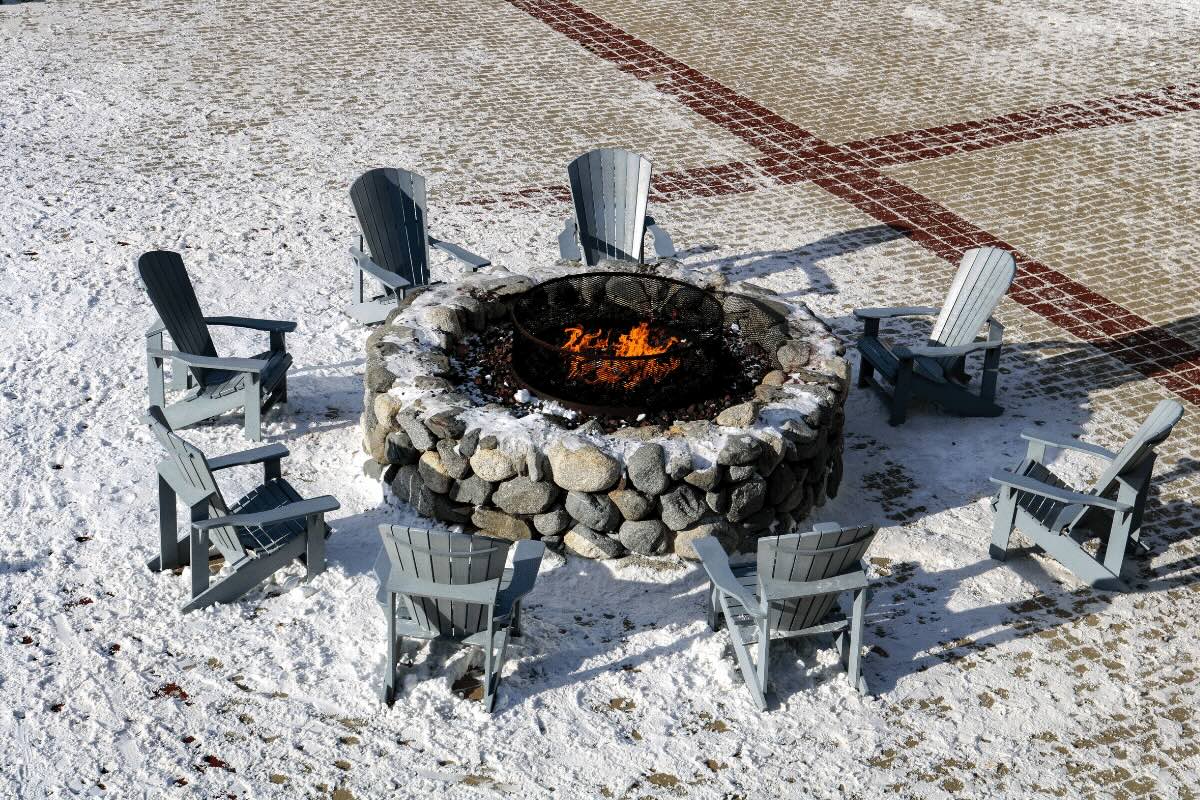

Outdoor Entertaining
How Many Btu For Fire Pit
Modified: February 18, 2024
Discover the perfect BTU for your outdoor entertaining with our guide. Find the ideal fire pit BTU for your next gathering and create a cozy ambiance.
(Many of the links in this article redirect to a specific reviewed product. Your purchase of these products through affiliate links helps to generate commission for Storables.com, at no extra cost. Learn more)
Introduction
Welcome to the wonderful world of outdoor entertaining! There's nothing quite like gathering around a cozy fire pit with friends and family, enjoying the warmth and ambiance it brings to your outdoor space. Whether you're roasting marshmallows, sharing stories, or simply basking in the glow of the flames, a fire pit can be the centerpiece of unforgettable gatherings.
One crucial aspect of selecting and using a fire pit is understanding its BTU (British Thermal Unit) rating. The BTU measurement provides valuable insight into the heat output of a fire pit, helping you determine its heating capacity and fuel efficiency. By grasping the concept of BTU and its significance in the context of fire pits, you can make informed decisions that enhance your outdoor entertaining experience.
In this article, we'll delve into the realm of BTU for fire pits, exploring its meaning, the factors influencing BTU requirements, and how to determine the appropriate BTU for your specific fire pit needs. Whether you're a seasoned outdoor enthusiast or a newcomer to the world of fire pits, this guide will equip you with the knowledge to optimize your outdoor entertaining space and create memorable moments around the flickering flames. So, let's embark on this enlightening journey and unravel the mysteries of BTU for fire pits!
Key Takeaways:
- BTU measures a fire pit’s heat output, helping you choose one that warms your outdoor space effectively and efficiently. Consider factors like fuel type, fire pit size, climate, wind exposure, and insulation when determining the ideal BTU.
- To find the right BTU for your fire pit, assess your outdoor space, consider climate conditions, choose the fuel type, account for wind and insulation, consult manufacturer guidelines, and seek professional advice if needed.
Read more: How Many Blocks For A Fire Pit
Understanding BTU
Before delving into the specifics of BTU for fire pits, it’s essential to grasp the fundamental concept of BTU and its relevance in the realm of outdoor heating. BTU, which stands for British Thermal Unit, is a standard unit of measurement used to quantify the amount of heat energy required to raise the temperature of one pound of water by one degree Fahrenheit. In the context of fire pits, the BTU rating indicates the heat output or heating capacity of the unit, offering valuable insights into its performance and efficiency.
When it comes to outdoor entertaining, understanding the BTU of a fire pit is crucial for several reasons. Firstly, it allows you to assess the heating capability of the fire pit, helping you determine whether it can effectively warm the intended outdoor space. Additionally, the BTU rating influences the fire pit’s fuel consumption, as a higher BTU output typically corresponds to greater fuel usage. By comprehending the BTU of a fire pit, you can make informed decisions regarding its suitability for your outdoor entertaining needs and the associated operating costs.
Furthermore, the BTU rating serves as a valuable benchmark for comparing different fire pit models. Whether you’re considering a propane-fueled fire pit, a natural gas fire pit, or a wood-burning fire pit, understanding the BTU can aid in evaluating their respective heating capacities and efficiency. This knowledge empowers you to select a fire pit that aligns with your heating requirements and complements the dimensions and layout of your outdoor space.
Ultimately, understanding BTU goes beyond mere technicalities; it enhances your ability to create a comfortable and inviting outdoor environment for socializing, relaxation, and enjoyment. By harnessing the power of BTU, you can optimize the heating performance of your fire pit, ensuring that it becomes a cherished focal point for memorable gatherings under the open sky.
Factors Affecting BTU for Fire Pits
Several key factors influence the BTU requirements for fire pits, shaping their heating capacity and overall performance. Understanding these factors is essential for selecting a fire pit that aligns with your outdoor entertaining needs and ensuring optimal heating efficiency. Let’s explore the primary elements that impact the BTU for fire pits:
- Fuel Type: The type of fuel utilized, whether propane, natural gas, or wood, significantly affects the BTU output of a fire pit. Propane and natural gas fire pits typically have higher BTU ratings compared to wood-burning fire pits, as they can generate more consistent and controllable heat. When considering the BTU requirements, it’s essential to factor in the specific heat output associated with the chosen fuel type.
- Fire Pit Size: The physical dimensions of the fire pit play a pivotal role in determining its BTU requirements. Larger fire pits generally necessitate higher BTU ratings to effectively heat the surrounding area, especially in spacious outdoor settings. Conversely, smaller fire pits may require lower BTU outputs to provide adequate warmth without overwhelming the space with excessive heat.
- Outdoor Climate: The prevailing climate and weather conditions in your region influence the BTU needed to maintain a comfortable outdoor temperature. Colder climates typically demand fire pits with higher BTU ratings to offset the chilly ambient air, while milder climates may require lower BTU outputs for moderate warmth.
- Wind Exposure: The presence of strong winds can impact the effective heating range of a fire pit. Windy environments may necessitate fire pits with higher BTU ratings to compensate for heat dissipation caused by air movement. Additionally, wind guards or strategic placement can help mitigate the effects of wind on the fire pit’s heating performance.
- Insulation and Enclosure: The level of insulation and enclosure in the outdoor entertaining area can influence the BTU requirements for a fire pit. Well-insulated spaces may retain heat more effectively, allowing for lower BTU outputs, whereas open or poorly insulated areas may benefit from fire pits with higher BTU ratings to counteract heat loss.
By considering these factors, you can gain valuable insights into the BTU needs of fire pits and make informed decisions when selecting a unit that harmonizes with your outdoor space and climate conditions. This understanding empowers you to create a welcoming and comfortable ambiance for outdoor gatherings, ensuring that your fire pit becomes a cherished asset for memorable experiences under the open sky.
When determining the BTU (British Thermal Units) for a fire pit, consider the size of the pit and the heat output needed. A general rule of thumb is that a small fire pit may require around 10,000-20,000 BTU, while a larger one may need 40,000-60,000 BTU. Always follow the manufacturer’s recommendations for safe operation.
Determining the BTU for Your Fire Pit
When it comes to selecting a fire pit with the appropriate BTU rating for your outdoor entertaining space, a thoughtful approach is essential. By considering the specific requirements of your environment and the intended usage of the fire pit, you can determine the ideal BTU to achieve optimal heating performance. Here’s a step-by-step guide to help you navigate the process of determining the BTU for your fire pit:
- Assess Your Outdoor Space: Begin by evaluating the dimensions and layout of the outdoor area where the fire pit will be situated. Consider the size of the space and the seating arrangement to gauge the heating coverage required for a comfortable experience.
- Account for Climate Conditions: Take into account the prevailing climate in your region, including average temperatures and seasonal variations. If you experience colder weather, you may need a fire pit with a higher BTU rating to provide ample warmth, whereas milder climates may necessitate lower BTU outputs.
- Choose the Appropriate Fuel Type: Determine whether you prefer a propane, natural gas, or wood-burning fire pit. Each fuel type has distinct BTU characteristics, and your choice will impact the heating capacity and operational efficiency of the fire pit.
- Consider Wind and Insulation: Factor in the influence of wind exposure and the level of insulation in your outdoor space. Windy environments and poorly insulated areas may require fire pits with higher BTU ratings to compensate for heat dissipation and maintain consistent warmth.
- Consult Manufacturer Guidelines: Refer to the manufacturer’s specifications and recommendations for the fire pit models you are considering. Manufacturers often provide BTU ratings and heating coverage details to assist consumers in selecting the most suitable fire pit for their needs.
- Seek Professional Advice: If you’re uncertain about the BTU requirements for your specific outdoor space, consider consulting with a qualified professional or a knowledgeable sales representative. They can offer valuable insights and guidance to ensure that you make an informed decision tailored to your unique circumstances.
By following these steps and carefully considering the various factors that influence BTU requirements, you can confidently determine the ideal BTU for your fire pit. This thoughtful approach enables you to select a fire pit that harmonizes with your outdoor environment, creating a welcoming and comfortable setting for memorable gatherings and enriching your outdoor entertaining experiences.
Conclusion
As you embark on the journey of enhancing your outdoor entertaining space with a fire pit, understanding the significance of BTU is paramount. The BTU rating serves as a guiding light, illuminating the heating capacity and efficiency of fire pits, and empowering you to make informed decisions that align with your specific needs and preferences.
By delving into the realm of BTU for fire pits, you’ve gained valuable insights into the factors influencing BTU requirements, the significance of BTU in outdoor heating, and the process of determining the ideal BTU for your fire pit. Armed with this knowledge, you are better equipped to select a fire pit that not only provides warmth and ambiance but also complements the dimensions and climate of your outdoor space.
Whether you envision cozy gatherings on crisp evenings, lively conversations around the flickering flames, or tranquil moments of relaxation in the embrace of gentle warmth, the BTU of your fire pit plays a pivotal role in bringing these experiences to life. It is the beacon that guides you toward creating a welcoming and inviting outdoor environment, where cherished memories are forged and shared under the open sky.
As you explore the diverse array of fire pit options, from propane and natural gas models to the rustic charm of wood-burning fire pits, remember that each fire pit’s unique BTU rating holds the promise of transforming your outdoor space into a haven of comfort and conviviality. Embrace the journey of discovering the perfect balance of BTU, fuel type, and design aesthetics, and let your fire pit become the heart of unforgettable moments and cherished connections in the great outdoors.
With a deeper understanding of BTU and its role in the realm of fire pits, you are poised to embark on a captivating outdoor entertaining experience, where the dance of flames and the warmth of the fire pit unite friends, family, and nature in a symphony of joy and togetherness. So, go forth and let the radiant glow of your fire pit kindle a world of enchanting outdoor memories that will be treasured for years to come.
Frequently Asked Questions about How Many Btu For Fire Pit
Was this page helpful?
At Storables.com, we guarantee accurate and reliable information. Our content, validated by Expert Board Contributors, is crafted following stringent Editorial Policies. We're committed to providing you with well-researched, expert-backed insights for all your informational needs.
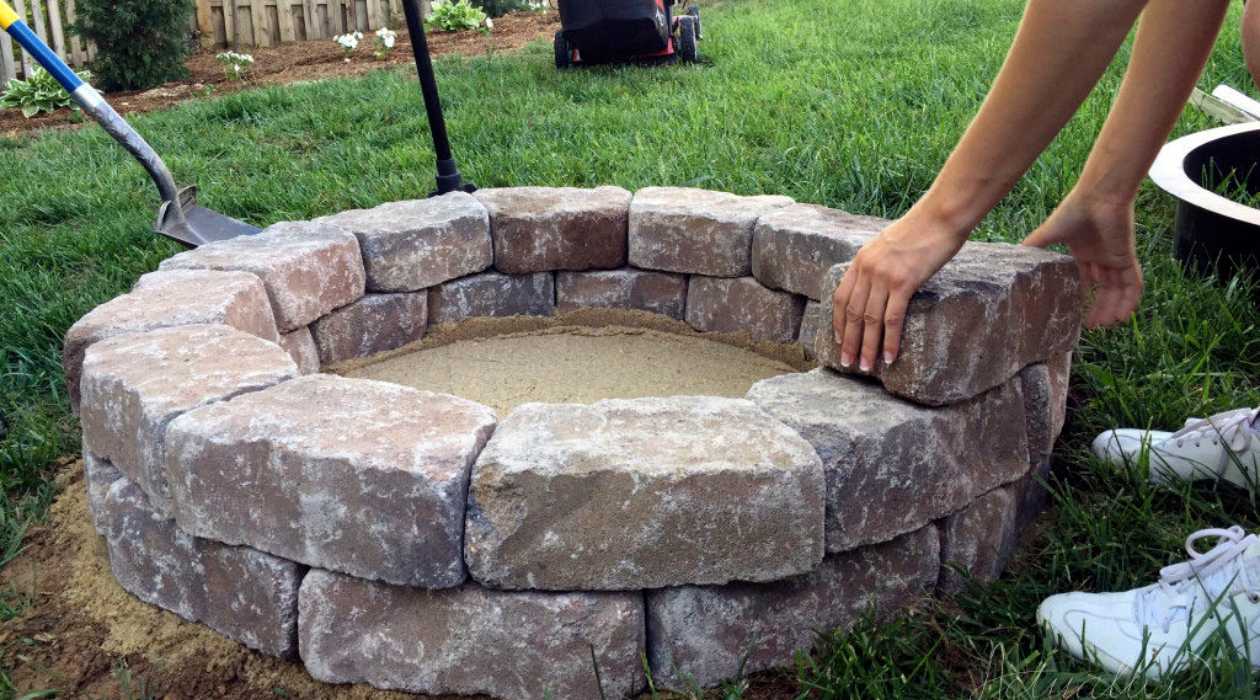
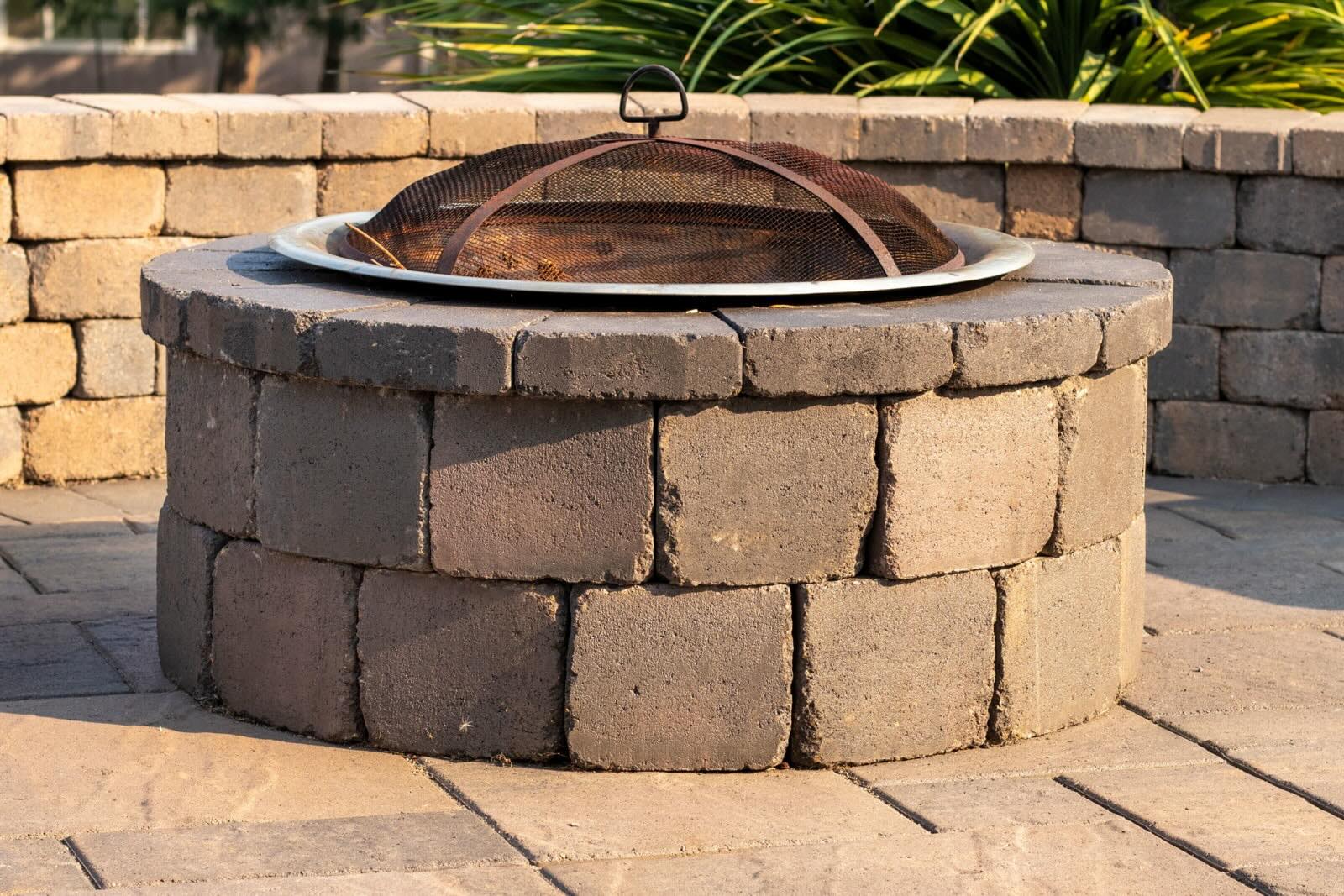
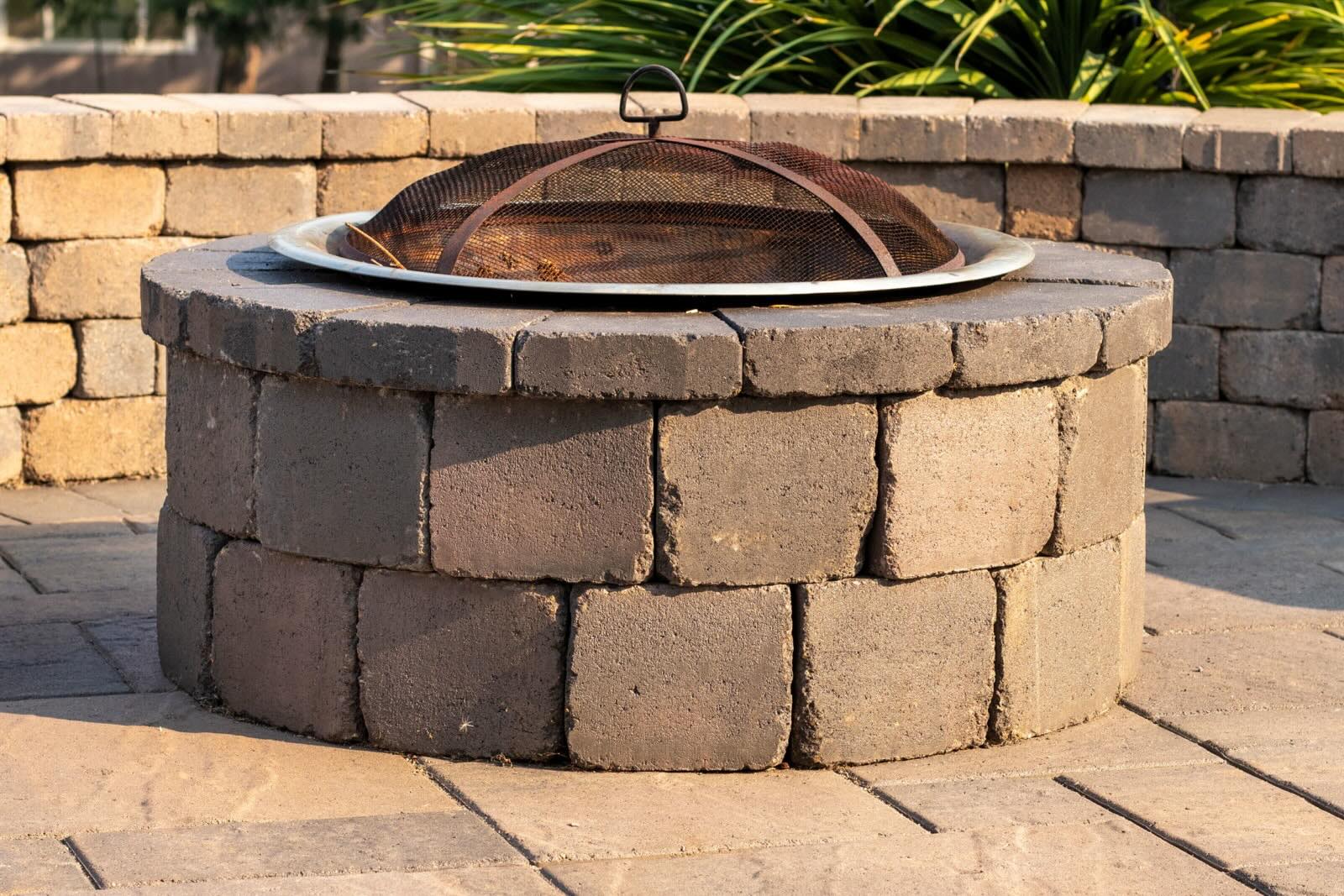
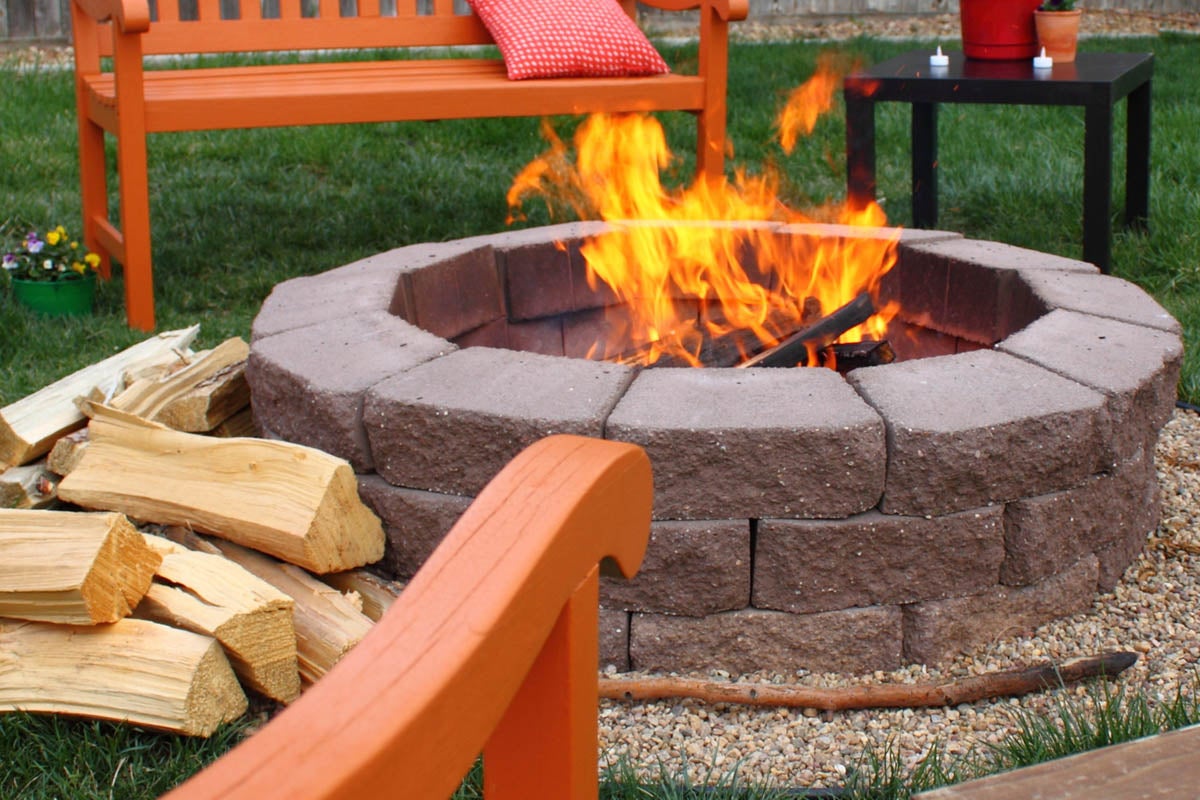
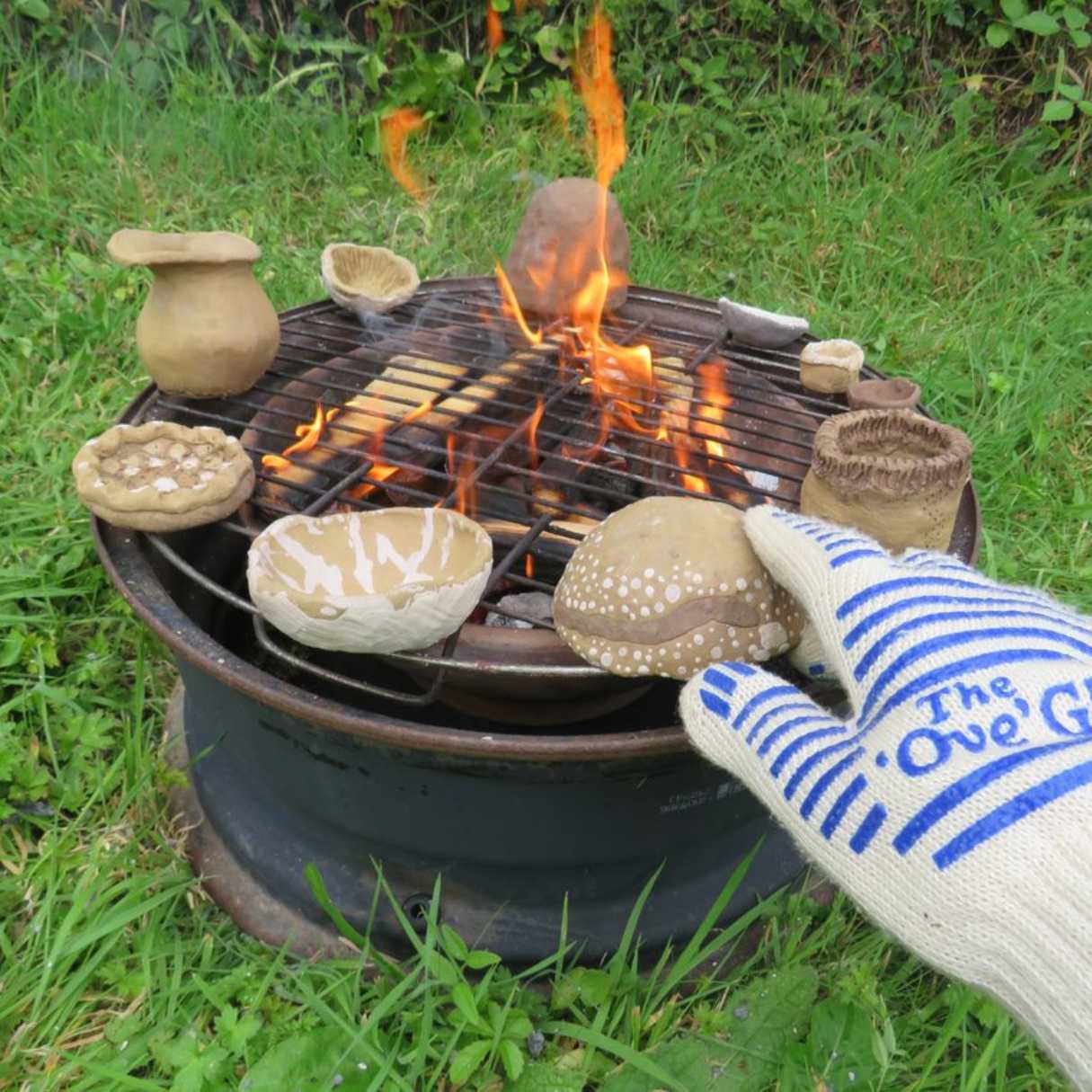
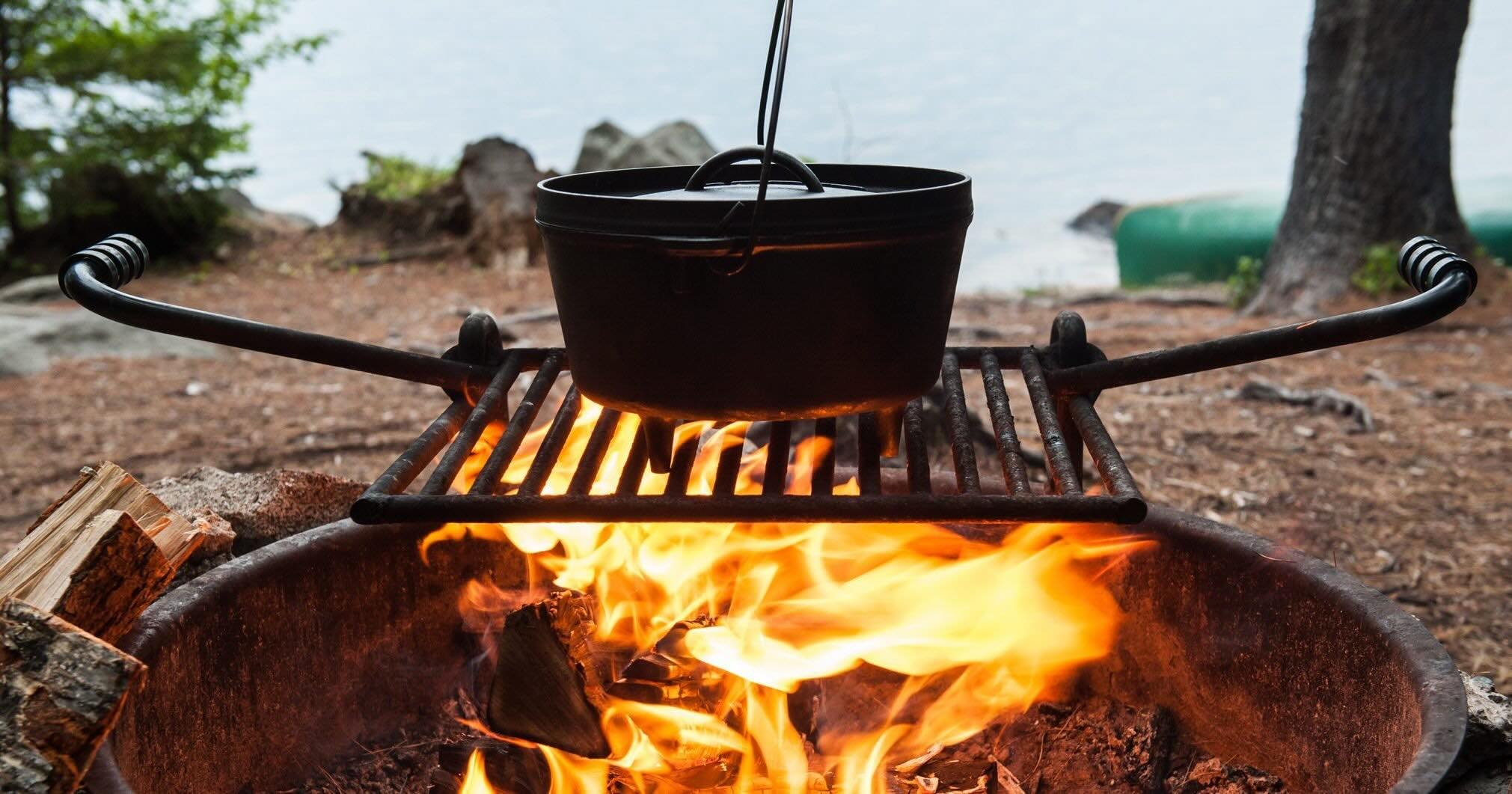
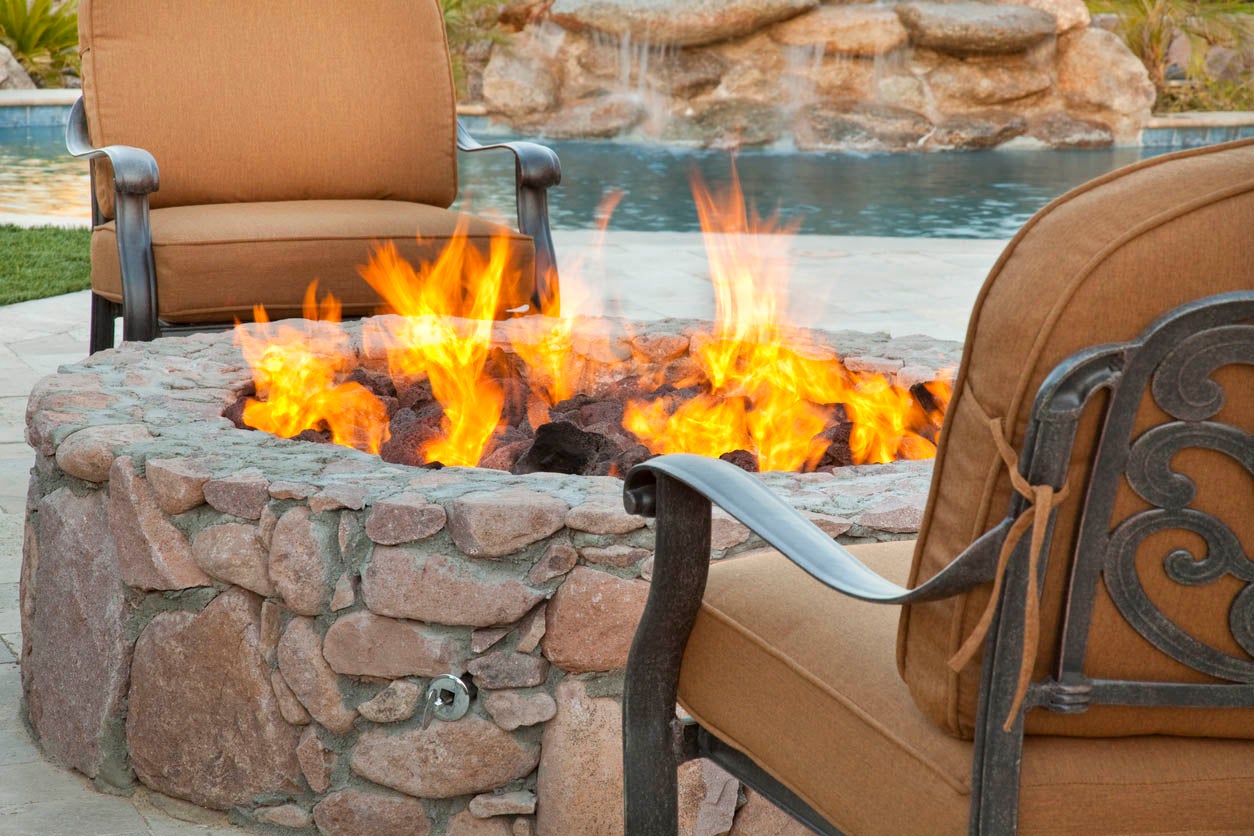
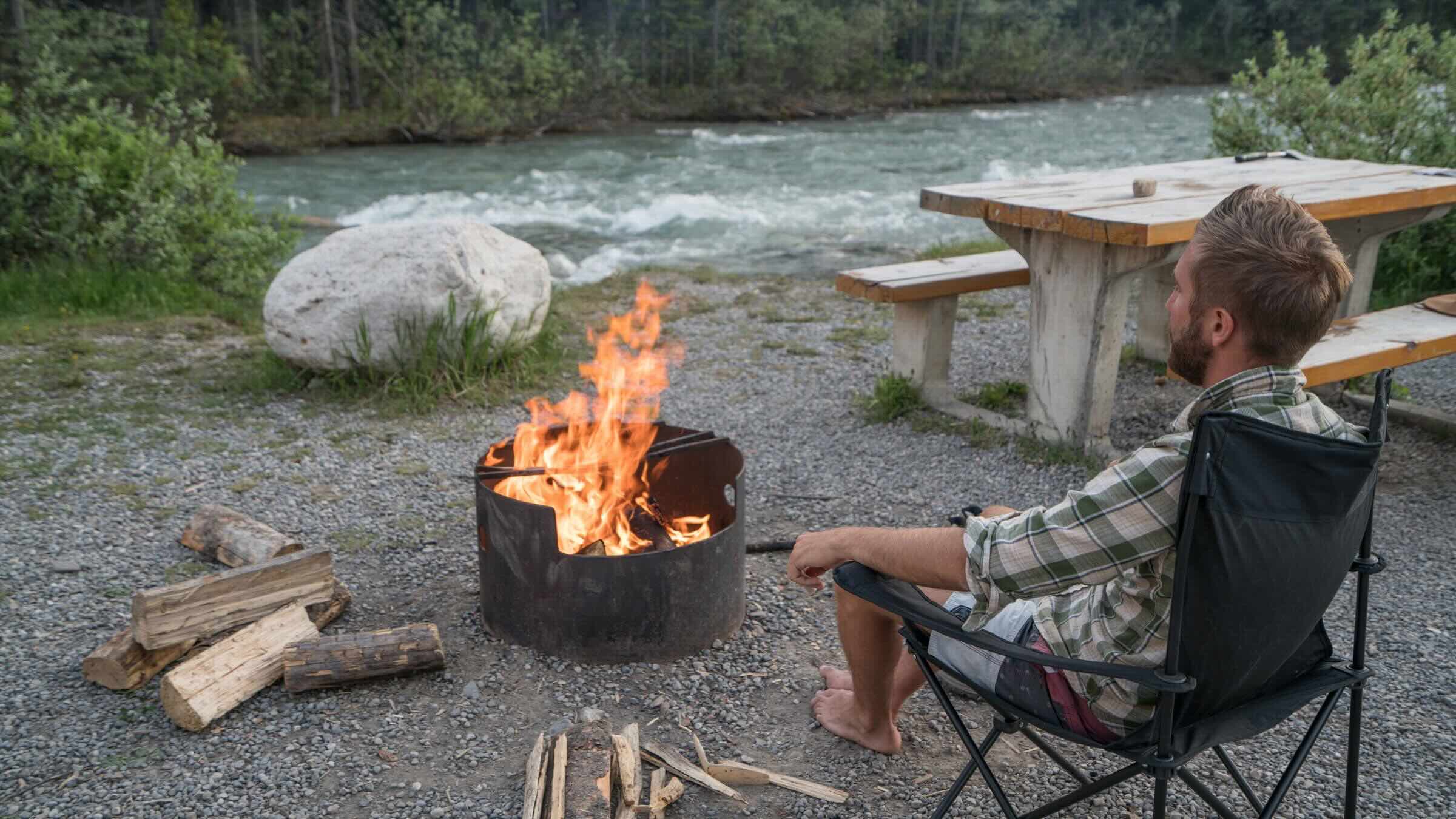
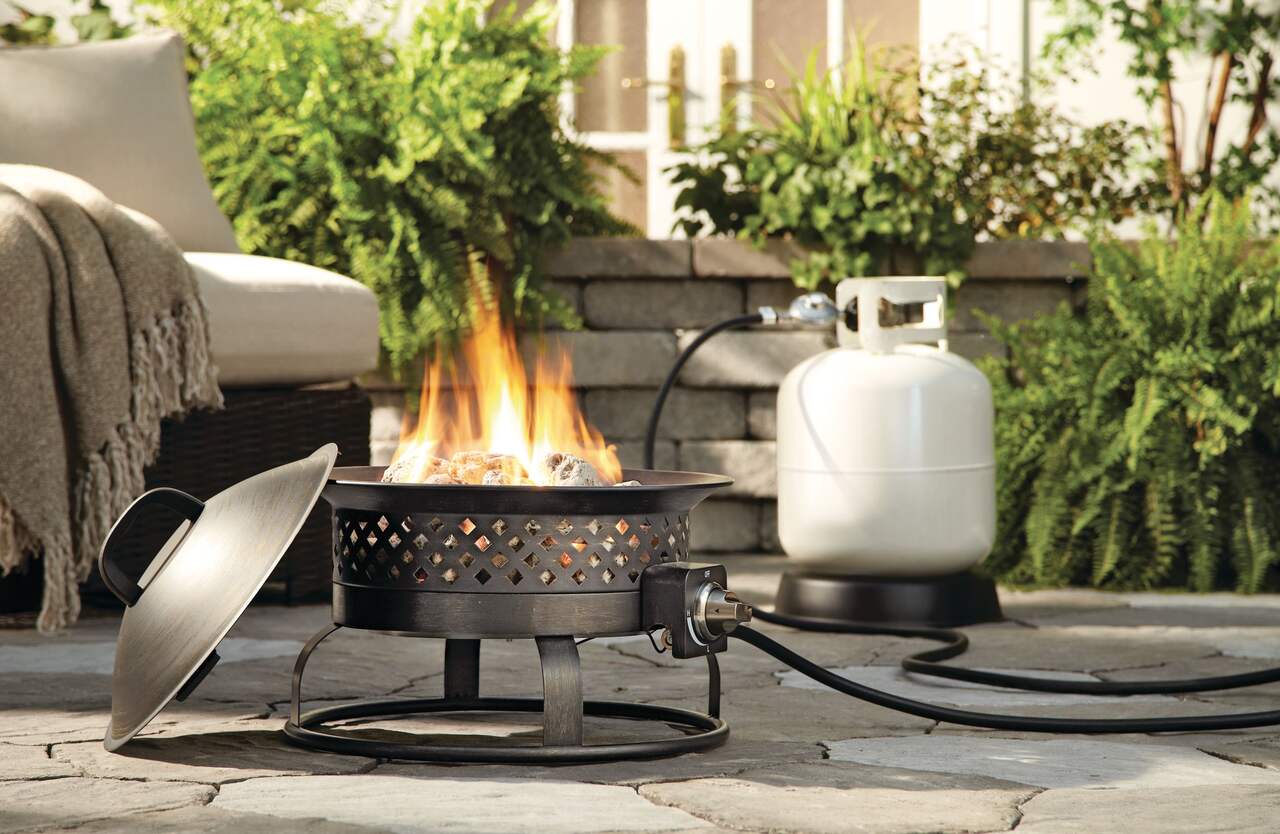
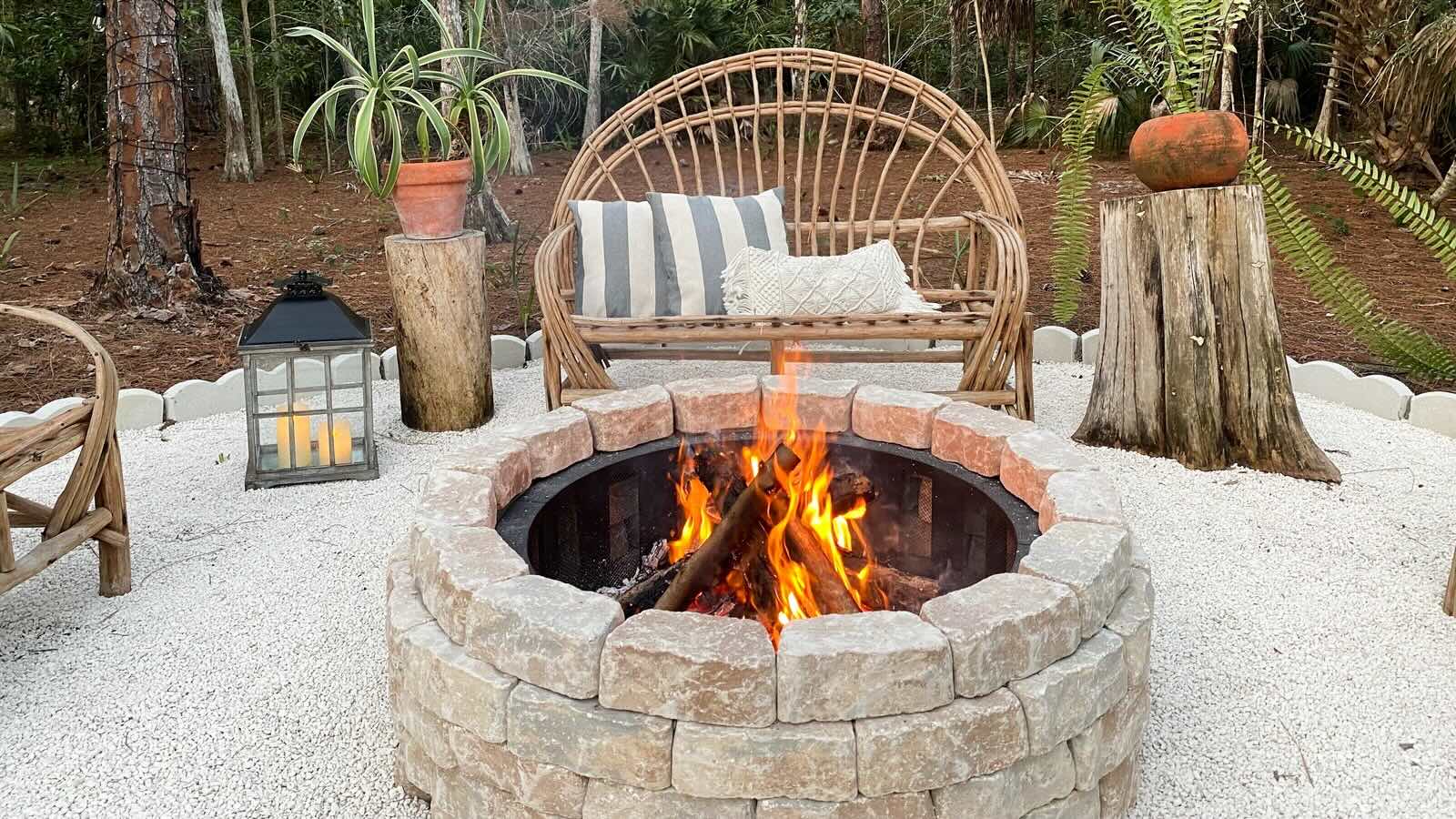
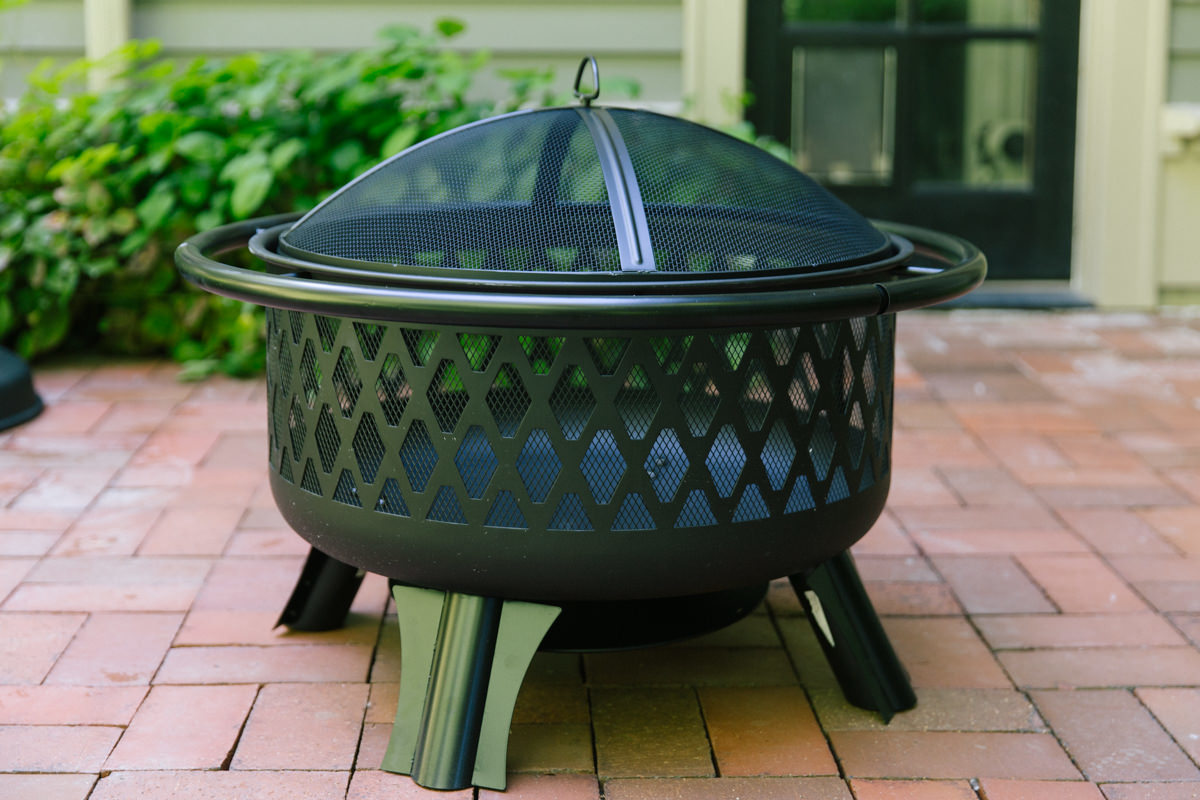
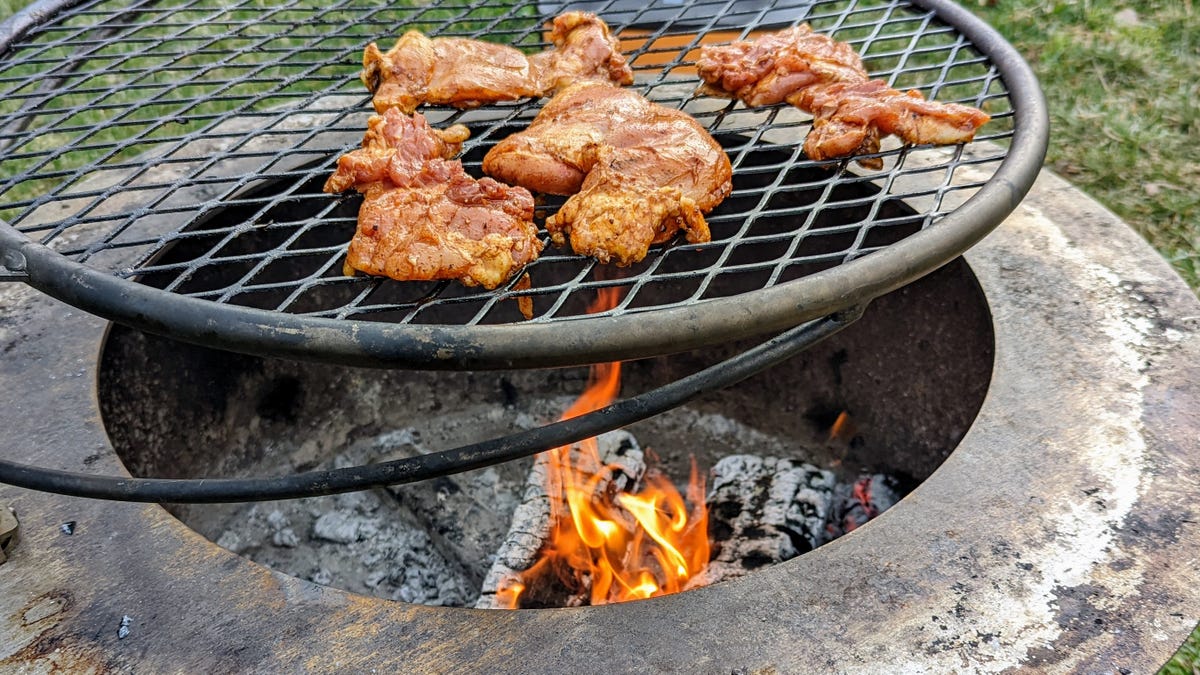
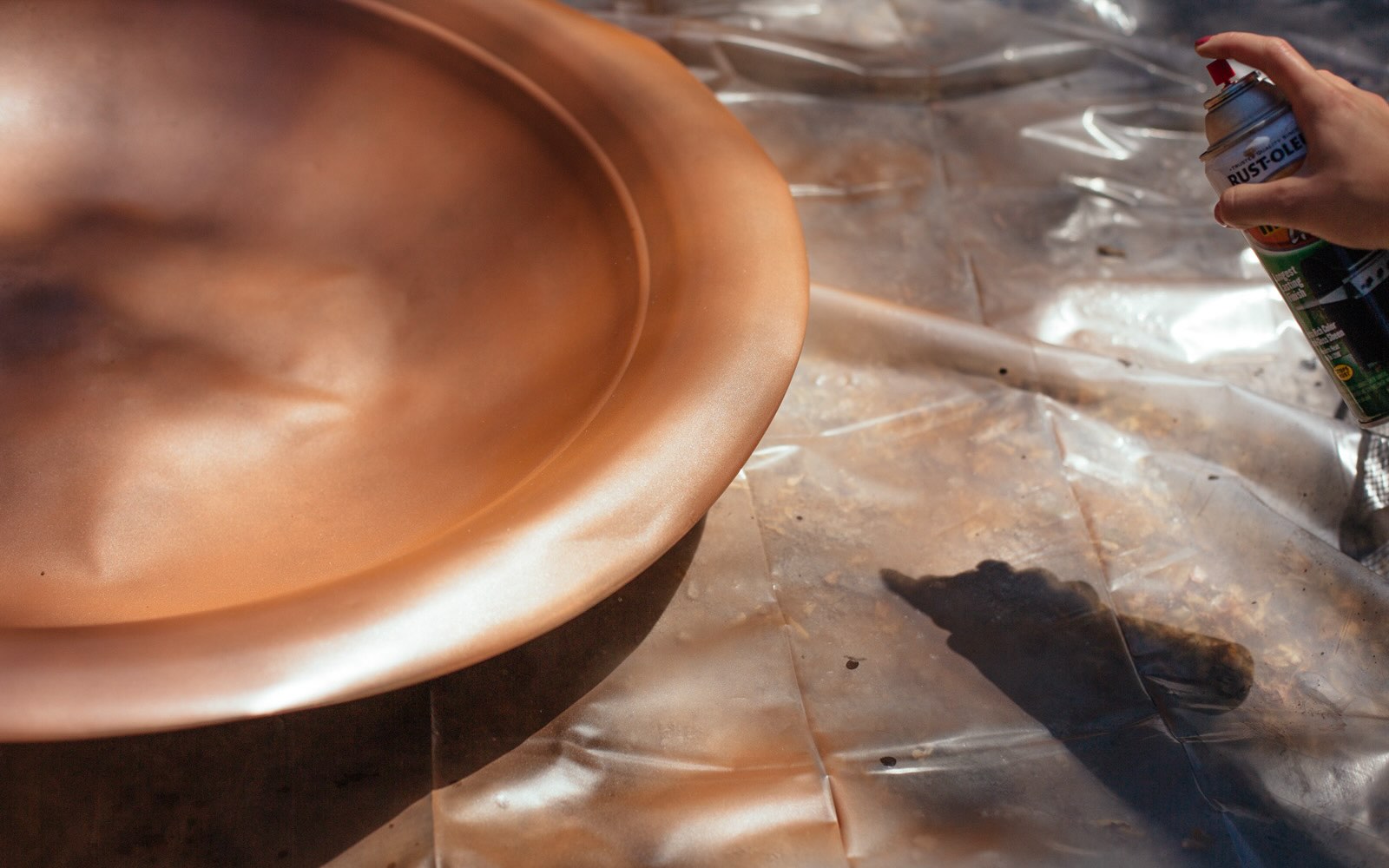
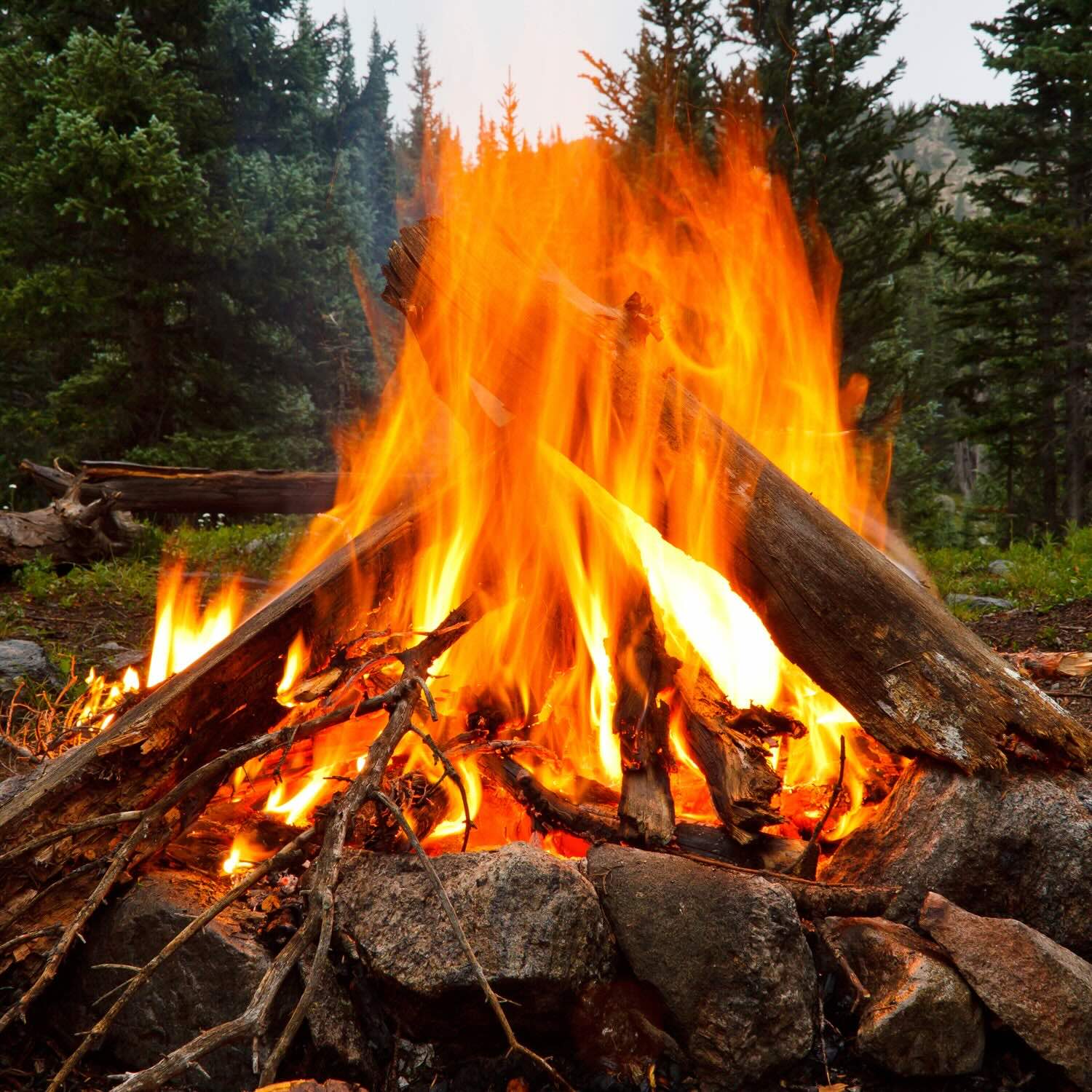
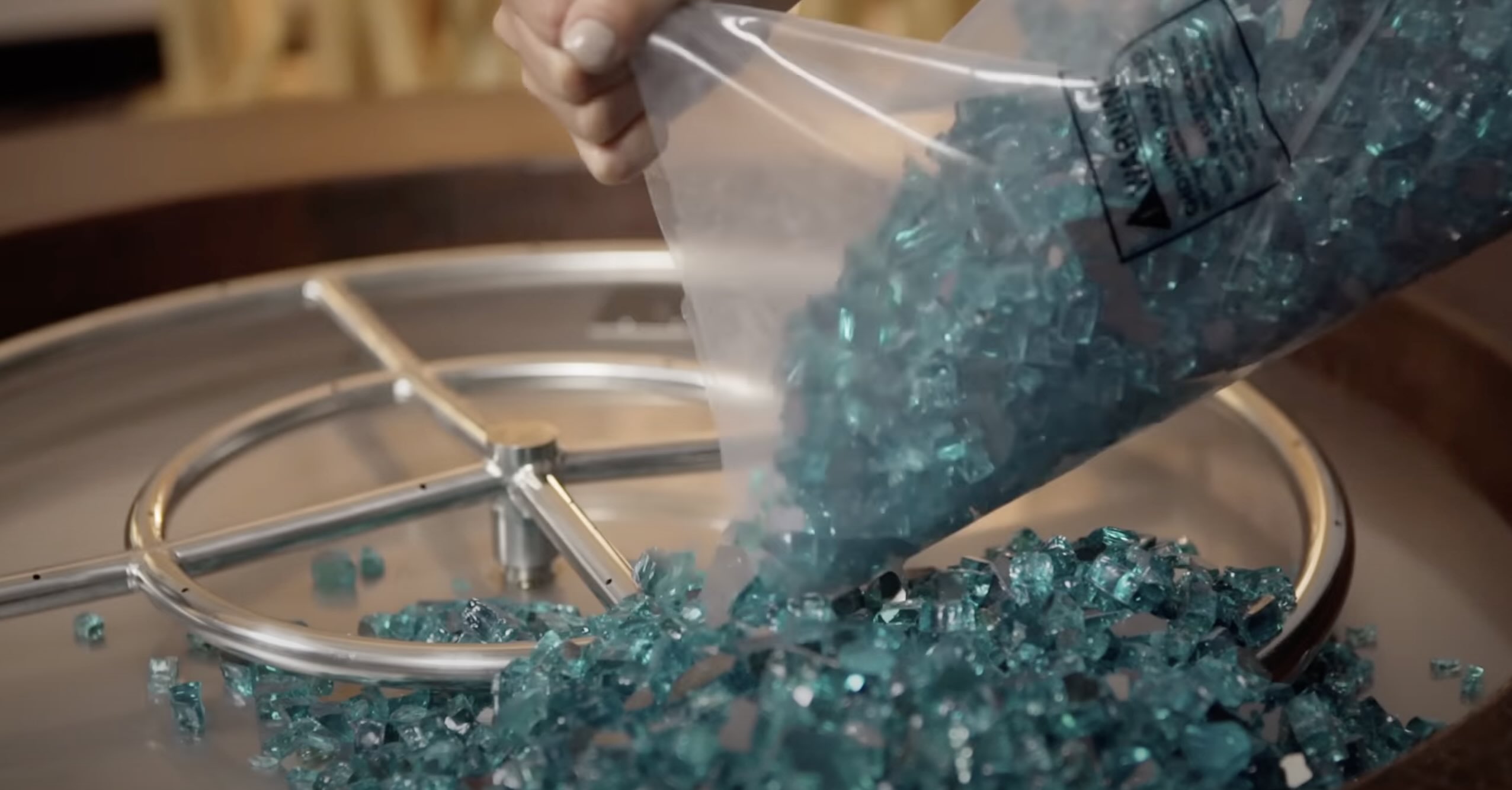

0 thoughts on “How Many Btu For Fire Pit”